General Landscape Uses: A versatile shrub or small tree in formal and informal landscapes, but it needs moist to wet soils to thrive. It can be used as an accent or specimen shrub, as a trimmed or informal hedge, or in mixed buffer plantings.
Description: Medium to large shrub or small tree with a narrow crown from crooked trunks. Bark pale gray. Leaves wax-covered, semi-deciduous, 1-4 inches long, aromatic when crushed.
Dimensions: Typically 8-15 feet in height in South Florida, but extremely variable; to 36 feet in Florida. Sometimes as broad as tall, especially when smaller.
Growth Rate: Moderate.
Range: Eastern and southeastern United States west to Texas and Oklahoma and south to the Monroe County Keys; Bermuda, West Indies, Mexico and Central America. In the Monroe County Keys, disjunct from the Miami-Dade County mainland and North Key Largo to the lower Keys.
Habitats: Swamps and forest edges.
Soils: Moist to wet, well-drained to poorly-drained sandy, limestone, or organic soils, usually with humusy top layer.
Nutritional Requirements: Moderate; can grow in nutrient poor soils, but needs some organic content to thrive.
Salt Water Tolerance: Low; does not tolerate long-term flooding by salt or brackish water.
Salt Wind Tolerance: Moderate; grows near salt water, but is protected from direct salt spray by other vegetation.
Drought Tolerance: Moderate; generally requires moist soils, but tolerant of short periods of drought once established.
Light Requirements: Full sun to light shade.
Flower Color: White.
Flower Characteristics: Inconspicuous catkins.
Flowering Season: All year; peak winter-spring.
Fruit: Small, waxy bluish drupe.
Wildlife and Ecology: Provides significant food and cover for wildlife. Larval host plant for red-banded hairstreak (Calycopis cecrops) butterflies and io (Automeris io) moths. Yellow-rumped warblers, tree swallows and a wide variety of other birds feed on the fruit, which are particularly important to wintering birds just prior to their return migration.
Horticultural Notes: Can be grown from seed; usually cold stratified. Also can be grown from cuttings with difficulty.

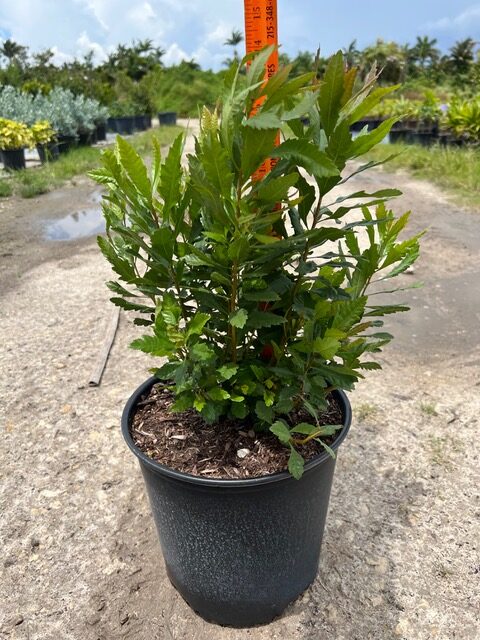

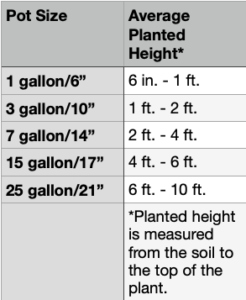
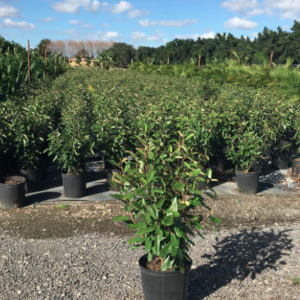
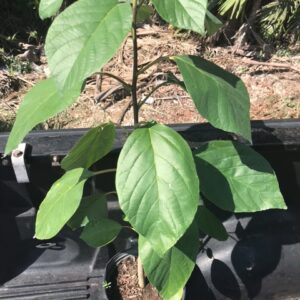
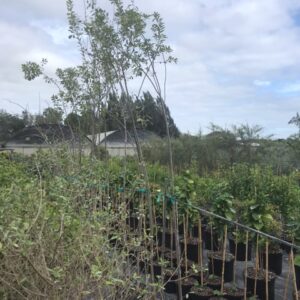
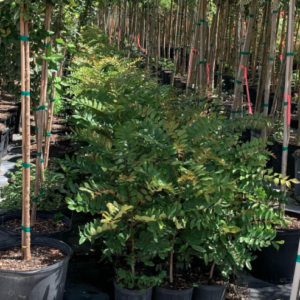
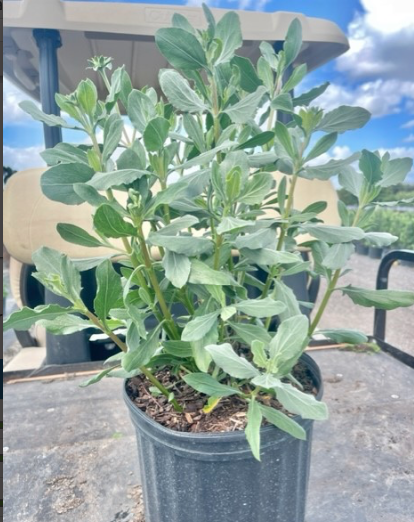
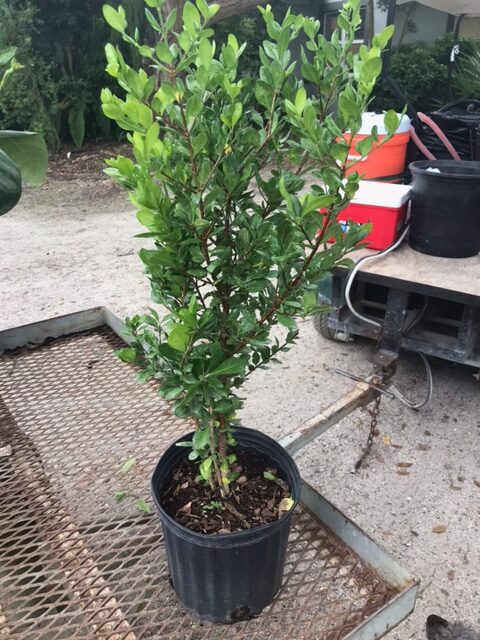
Anthony Ciminero –
Smarty Plants Nursery was very helpful with the delivery and info on the plants.